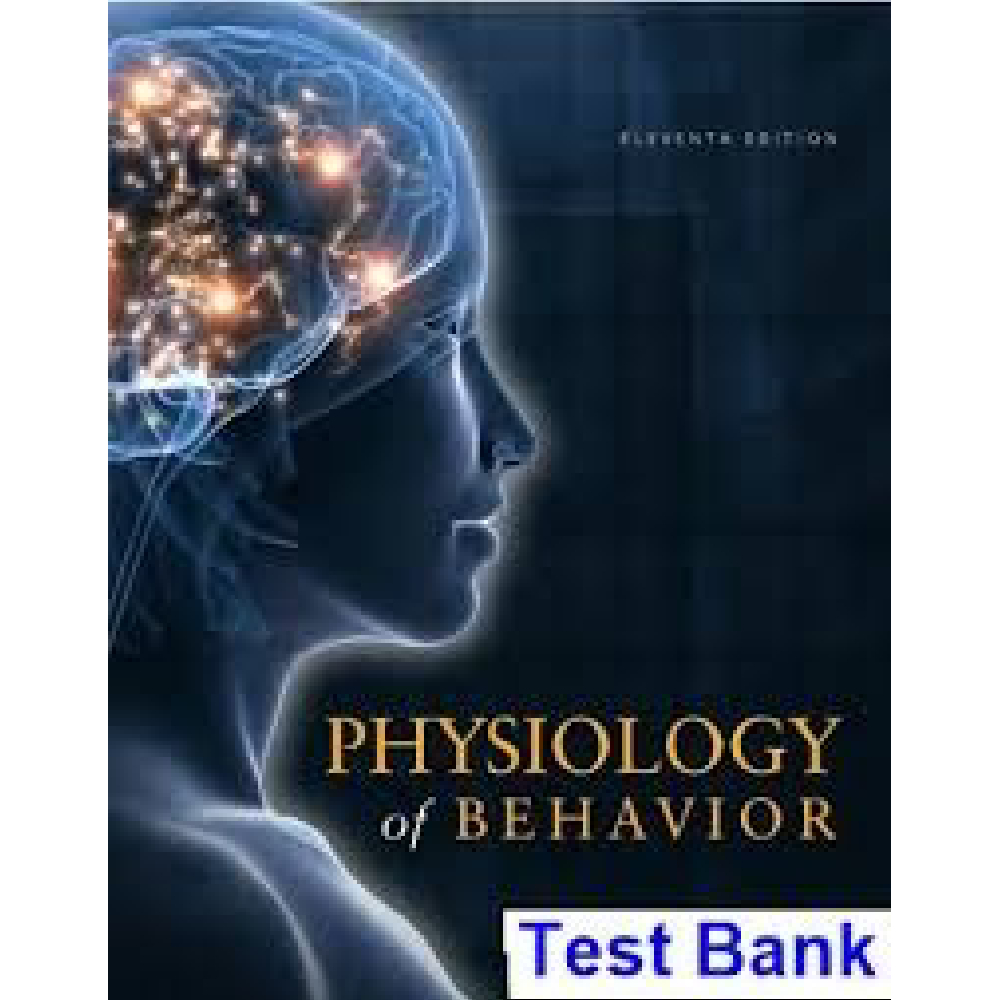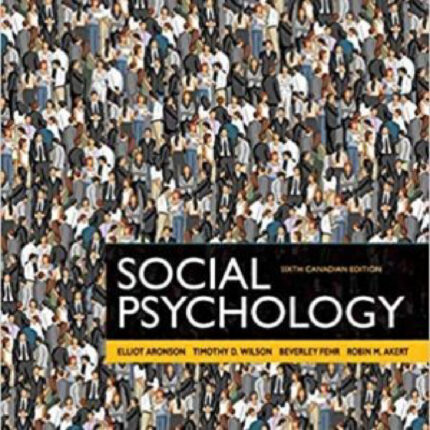Multiple-Choice Questions
11.1-1. In addition to partial paralysis after a stroke, Mr. V. showed a loss of
a. verbal intelligence.
b. the capacity to read and write.
c. the capacity to recall recent events.
d. the ability to speak.
e. understanding of the long-term implications of his stroke.
Difficulty: 2
Question ID: 11.1-1
Page Ref: 360
Topic: Opening Vignette
Skill: Factual
Answer: e. understanding of the long-term implications of his stroke.
Rationale: Brain damage from a stroke can induce paralysis was well as a change in consciousness. In this instance, Mr. V failed to understand how his life would be different after the stroke.
11.1-2. The text author asserts that ________ have key consequences for survival and reproduction.
a. emotional behaviors
b. emotional feelings
c. internal stirred-up states
d. moods
e. brief perturbations of affect
Difficulty: 1
Question ID: 11.1-2
Page Ref: 360
Topic: Introduction
Skill: Conceptual
Answer: a. emotional behaviors
Rationale: The text author asserts that emotional behaviors have key consequences for survival and reproduction.
11.1-3. The major components of an emotional response include
a. feelings and behavior.
b. behavior and moods.
c. hormonal secretions and cognition.
d. behavior, autonomic activity, and hormonal secretions.
e. autonomic activity, moods, and behaviors.
Difficulty: 1
Question ID: 11.1-3
Page Ref: 360
Topic: Emotions as Response Patterns
Skill: Factual
Answer: d. behavior, autonomic activity, and hormonal secretions.
Rationale: The major components of an emotional response include behavior, autonomic activity, and hormonal secretions.
11.1-4. The autonomic component of an emotional response functions to
a. mobilize energy for vigorous movement.
b. restore physiological balance after an emotional experience.
c. promote digestion of nutrients.
d. facilitate healing of damaged tissue.
e. alter skin coloring so as to provide an emotional cue to observers.
Difficulty: 2
Question ID: 11.1-4
Page Ref: 360
Topic: Emotions as Response Patterns
Skill: Conceptual
Answer: a. mobilize energy for vigorous movement.
Rationale: The autonomic component of an emotional response functions to mobilize energy for vigorous movement.
11.1-5. Which of the following is a key function of the hormonal secretions that accompany an emotion?
a. formation of glucose within the muscles
b. decreased blood flow to the muscles
c. formation of glycogen within the muscles
d. increased blood flow to the digestive organs
e. stimulation of defecation
Difficulty: 1
Question ID: 11.1-5
Page Ref: 361
Topic: Emotions as Response Patterns
Skill: Factual
Answer: a. formation of glucose within the muscles
Rationale: Formation of glucose within the muscles is a key function of the hormonal secretions that accompany an emotion.
11.1-6. Most of the research on emotions has focused on
a. those associated with reproductive behaviors.
b. those associated with success or anger.
c. fear and euphoria.
d. anger and fear.
e. those experienced during a good meal.
Difficulty: 1
Question ID: 11.1-6
Page Ref: 361
Topic: Emotions as Response Patterns
Skill: Factual
Answer: d. anger and fear.
Rationale: Most emotion research has focused on the study of anger and fear.
11.1-7. The emotional components that comprise fear are integrated by neurons within the
a. amygdala.
b. medial hypothalamus.
c. orbitofrontal cortex.
d. thalamus.
e. reticular activating system.
Difficulty: 1
Question ID: 11.1-7
Page Ref: 361
Topic: Fear
Skill: Factual
Answer: a. amygdala.
Rationale: The emotional components that comprise fear are integrated by neurons within the amygdala.
11.1-8. Damage to the ________ would be expected to disrupt the integration of fear.
a. thalamus
b. medial hypothalamus
c. orbitofrontal cortex
d. amygdala
e. reticular activating system
Difficulty: 1
Question ID: 11.1-8
Page Ref: 361
Topic: Fear
Skill: Applied
Answer: d. amygdala
Rationale: Damage to the amygdala would be expected to disrupt the integration of fear.
11.1-9. Neurons within the amygdala are activated by
a. ascending tactile signals.
b. texture cues within the environment.
c. detection of emotionally relevant stimuli.
d. motor signals arising from the caudate nucleus.
e. all classes of sensory signals.
Difficulty: 1
Question ID: 11.1-9
Page Ref: 361
Topic: Fear
Skill: Conceptual
Answer: c. detection of emotionally relevant stimuli.
Rationale: Neurons within the amygdala are activated by emotionally relevant stimuli.
11.1-10. The amygdala is
a. located within the frontal lobes.
b. comprised of three key nuclei.
c. important for the planning of motor behaviors.
d. located within the temporal lobes.
e. comprised of six key nuclei.
Difficulty: 1
Question ID: 11.1-10
Page Ref: 361
Topic: Fear
Skill: Factual
Answer: d. located within the temporal lobes.
Rationale: The amygdala is located within the temporal lobes.













Reviews
There are no reviews yet.